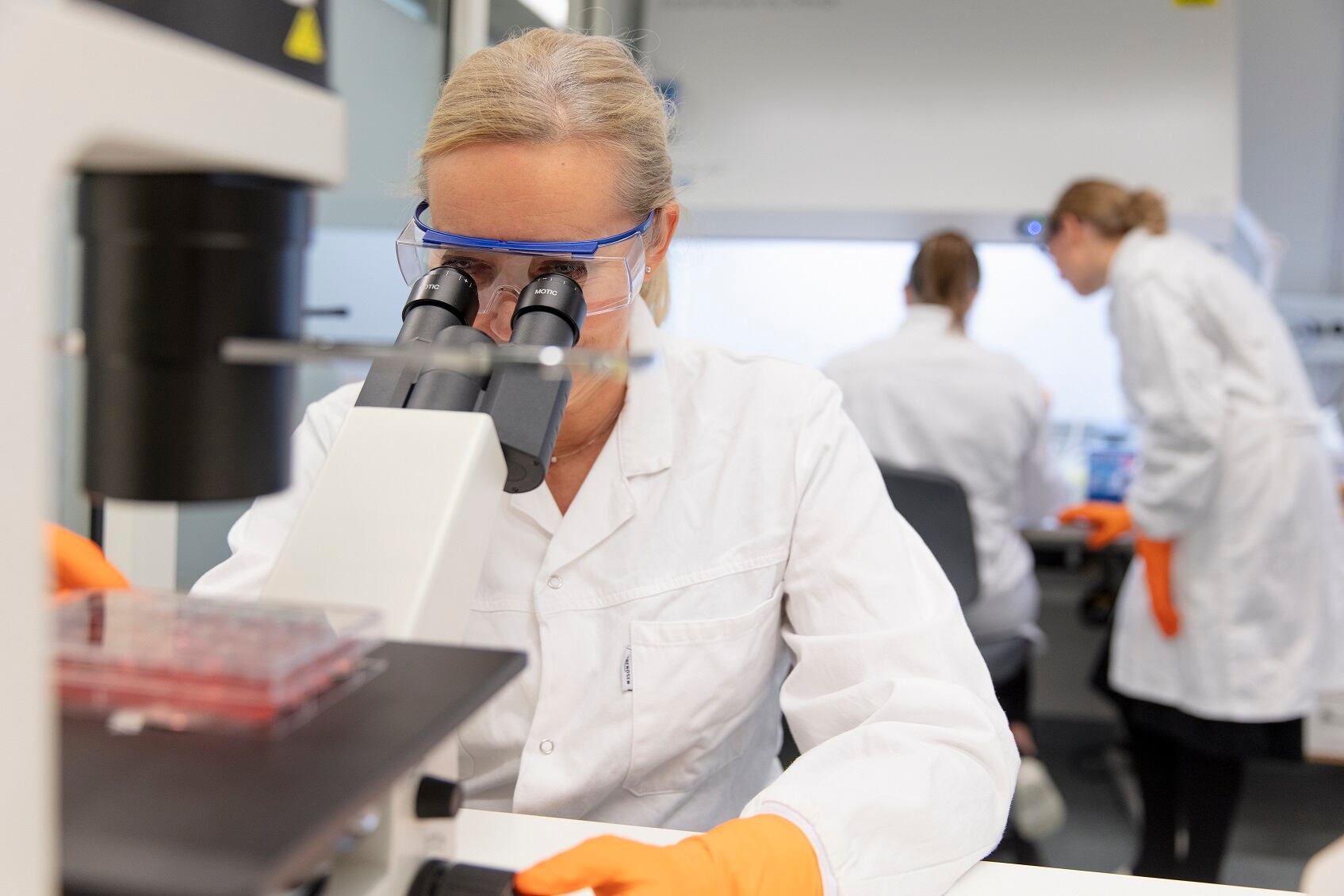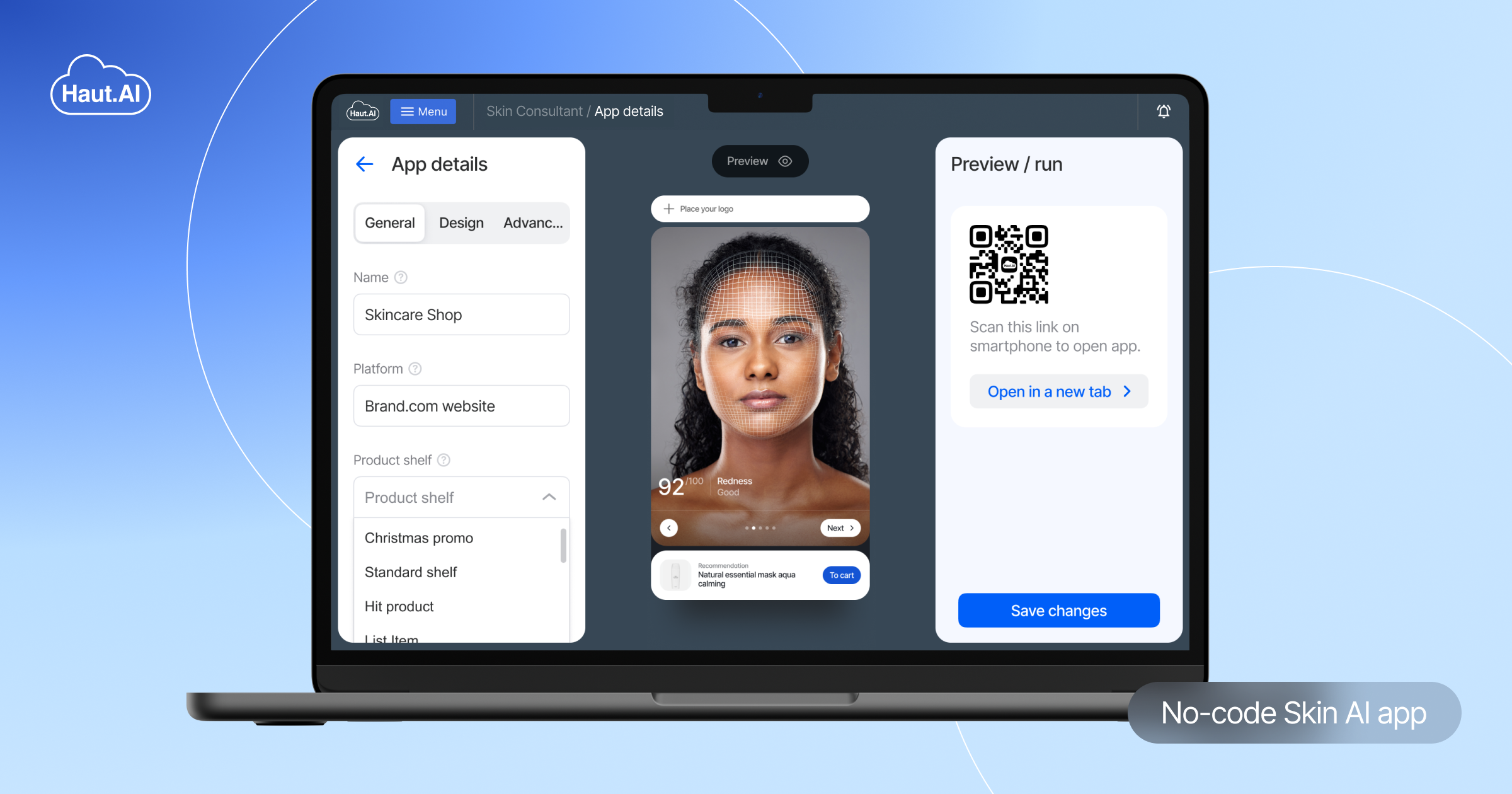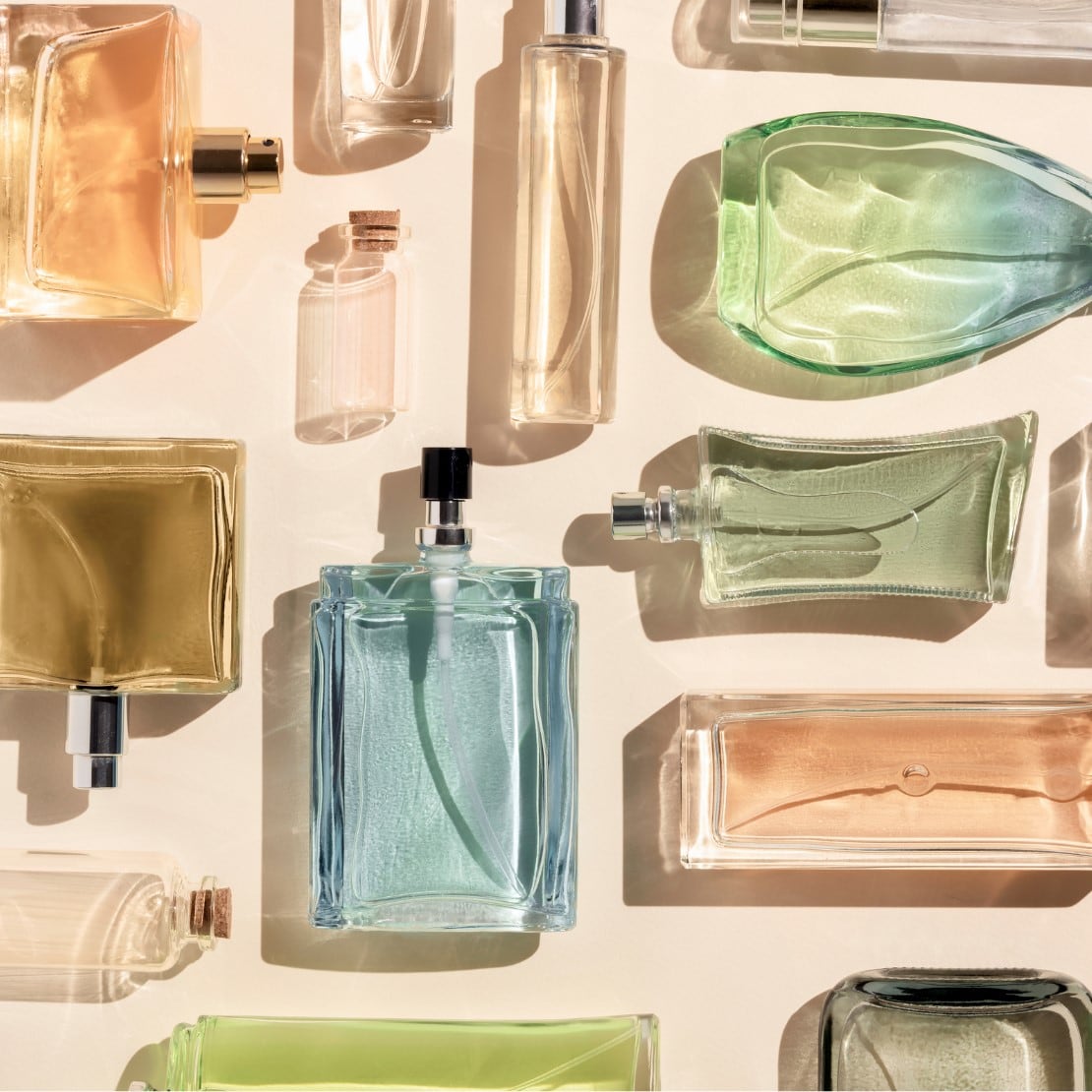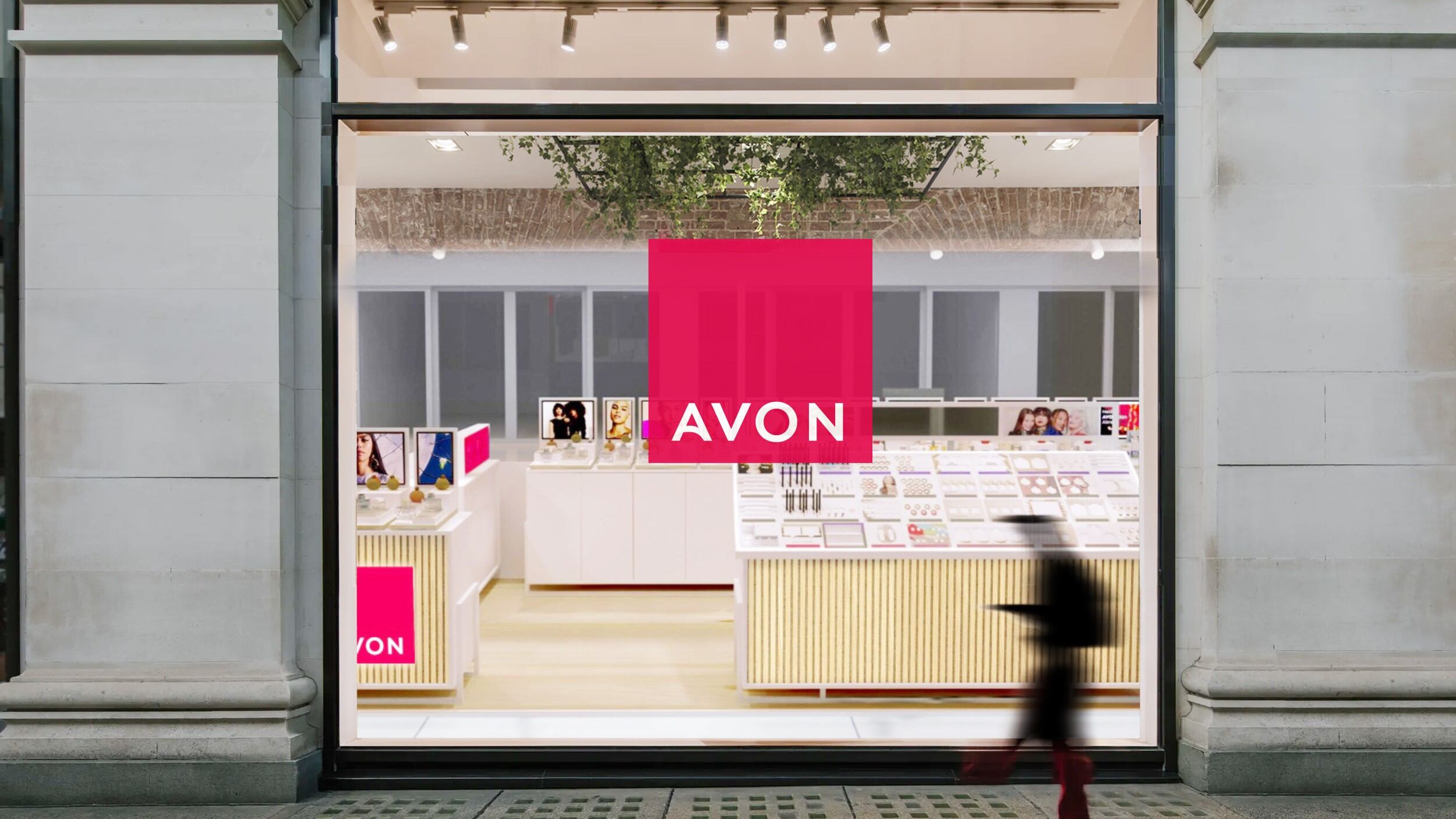The company, which has recently been ranked Sweden's 18th fastest-growing technology company in Deloitte's annual ranking, Sweden Technology Fast 50, believes its in vitro alternatives are not only more ethical, but also more effective than testing on animals.
Although animal testing for cosmetics products is technically banned in Europe, it continues to take place in international markets that European companies sell into.
Cosmetics companies in Europe can still face confusion in this area too, due to the caveat on ‘worker exposure’ to chemicals in the EU’s REACH regulation.
Better and more ethical options available
President and CEO of SenzaGen, Peter Nählstedt, said: “Cosmetics is a very important industry for us and in many markets there is still unnecessary animal testing going on, because there are now better options in-vitro and animal-free.”
SenzaGen has two main technology platforms. One of these, GARD, is a method that combines a machine-learning algorithm, genomics, and human cell lines to get a highly accurate readout of potential skin allergens.
The tool was developed by SenzaGen at its HQ in Lund, Sweden, and is based on research conducted at nearby Lund University – one of the world’s top-ranked universities.
The company has been working on this technology since 2014 and said the test can distinguish between allergens and non-allergens with a very high predictability.
“I think it's very useful in cosmetics because we can manage mixtures, extracts and where it’s not very always defined what type of substances you have,” said Nählstedt.
“We've now done several tests with customers and know that the platform works with these types of products, so the consumer can be safe.”
He continued: “We also know that this platform is used by our customers in product development because then they can screen out potentially problematic products, but also keep the ones that are really interesting and not discard them because they did a too broad or too less-specific type of test.”
GARD was approved by the Organisation for Economic Co-operation and Development (OECD) as a standard test guideline in 2022, but the company now has new data on it.
“In cosmetics you're also interested to determine whether there is a substance within your product that could potentially cause a problem if it's too high concentration – as they say in toxicology, everything is dangerous, it's just a matter of the dose.”
To address this issue, the company has developed a version of GARD that “gives you a curve with your dose,” explained Nählstedt.
“So you can increase the dose and get a readout on when you'll have a problem or not. Thereby you can establish safer levels.”
This is a new development for the company and Nählstedt and his team have been recently presenting this work at industry conferences alongside international cosmetics chemicals companies such as IFF and Takasago International Corporation.
SenzaGen works with the Research Institute for Fragrance Materials to test out the platform and published a recent study with them. It also works with various fragrance, cosmetics and ingredients companies to establish safe levels of substances.
Nählstedt shared that the assay has recently been adapted to also assess photosensitisation.
“As certain cosmetics or substances become allergenic when exposed to UV light and, we have a new development of a dose response where we look at the differences between photo allergens and photo irritants, so cosmetics companies can avoid problems with that,” he said. “This is currently being tested with the Research Institute Fragrance Materials.”
He explained that it's possible for cosmetics companies to use these adaptations tests of us for product development already now, so it's available for a “sort of regulatory use”, but that the company is in discussions with the OECD about possibly getting these types of tools approved as test guidelines.
“We think there is big value in both: in having this as a product development tool and then being able to use the data for regulatory use,” said Nählstedt.
Mini hair follicle model
SenzaGen is part of a group of companies, which includes VitroScreen based in Milan and ToxHub in Rome and Nählstedt also shared more on recent developments at VitroScreen.
“We're able to create a cell model; tissue models from humans,” shared Nählstedt. “For cosmetics, we have a dermis model that is looking at the skin and also a hair follicle model. This is a spheroid model which has the hair follicle tissue, an outer layer of keratinocytes and a core of what is called ‘dermal papilla’.”
“And we are able to create this sort of cell model with a three-dimensional cell. So, it's a mini hair follicle; a couple of hundred cells arranged in a space,” he continued.
The company has already worked with clients in the cosmetics industry to research new substances and products; to address what happens with the hair follicle in terms of toxicity and efficacy if you expose it to certain cosmetics.
Nählstedt pointed out how his company can combine VitroScreen’s expertise in cell models with SenzaGen’s genomics expertise with the GARD platform, which is measuring 196 genes.
The future of chemical testing?
He believes that this could be the future of testing chemicals for cosmetics, as its safer and more ethical than animal testing.
“Clients in the cosmetic industry can transition from animal trials to these tools because the tools are closer to human biology than testing on animals,” he stated.
“They are safer if you use them to predict toxicity or efficacy, so it's a better choice than an animal model.”
With GARD, he said the company has reviewed its data against published data on a ‘mouse model’ used for testing and found that SenzaGen’s model had “a higher predictability.”
“So, it’s a better choice from an ethical point of view, from a safety and efficacy point and it will save you time as you won’t need to go through an ethical committee and plan your experiment really well,” he said.
In Europe, he has seen clients use GARD for REACH regulation registration “as a sort of ‘weight of evidence’ and complementary to other data,” he explained.
So, in terms of this specific regulation – which ‘muddies the waters’ in terms of whether cosmetics companies in Europe should still conduct in vivo tests on animals – he believed that models like SenzaGen’s could “become a first step.”





